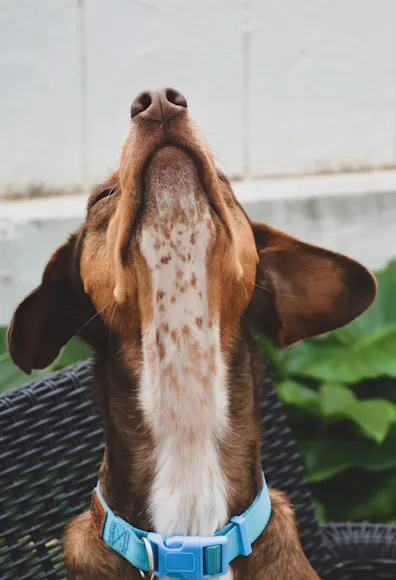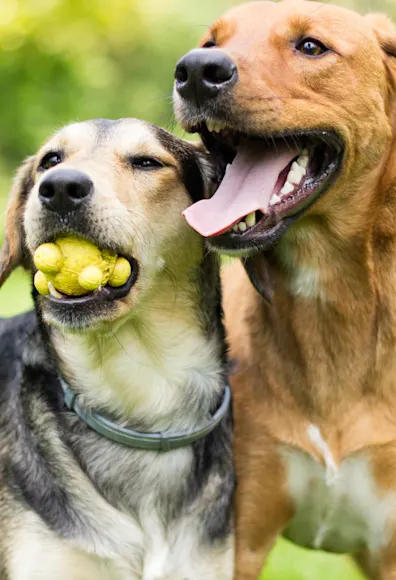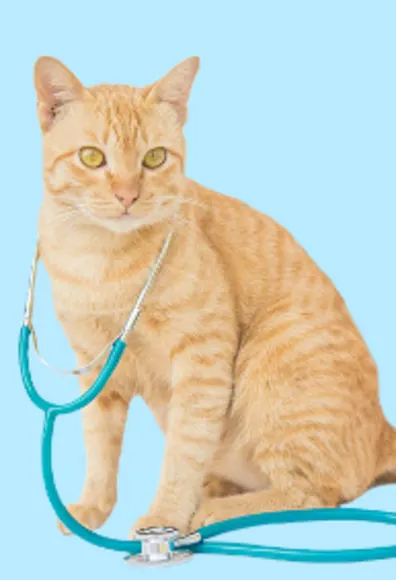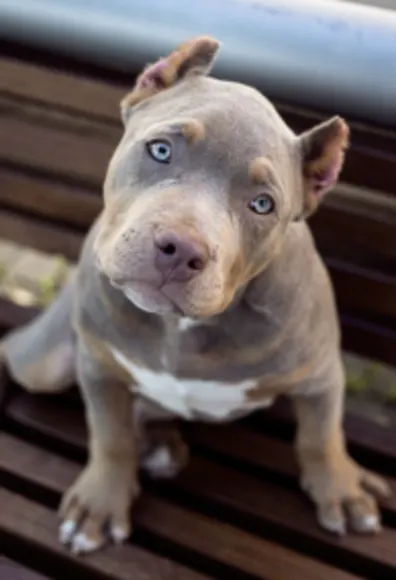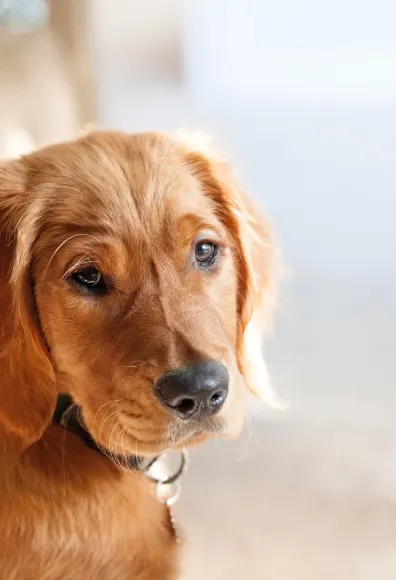Cherry Hill Animal Hospital
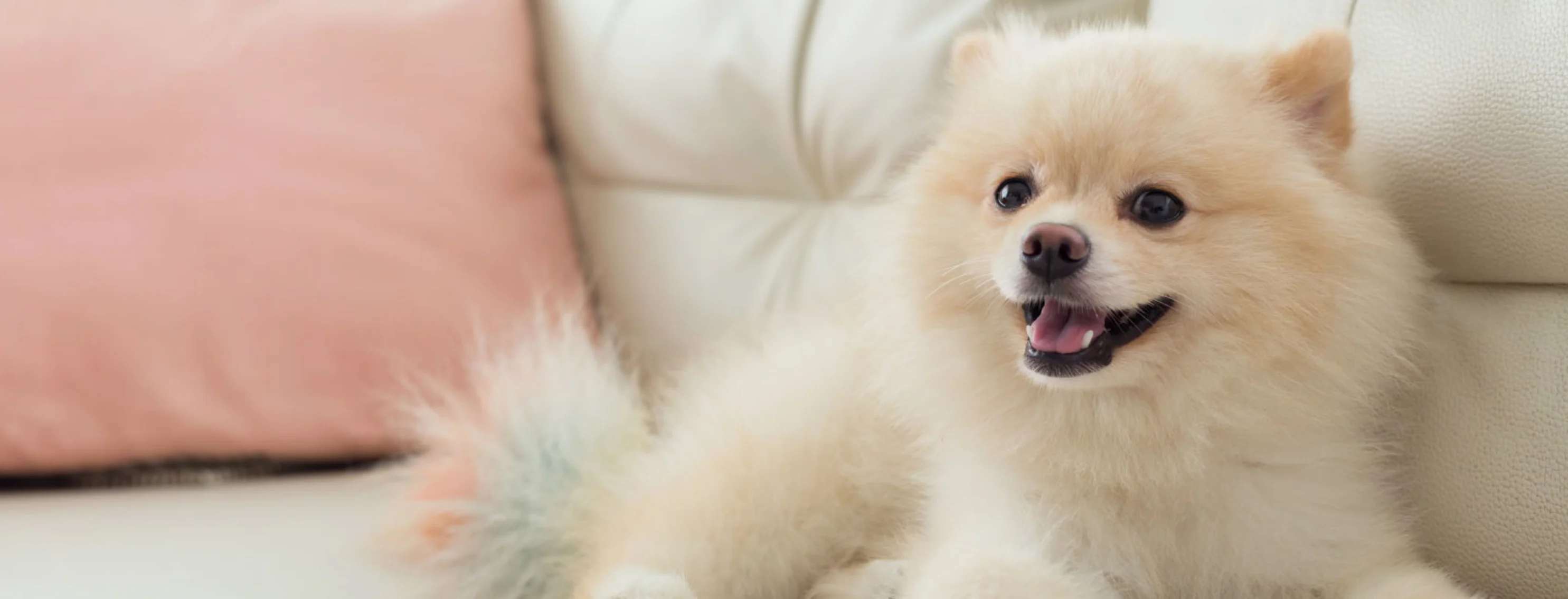
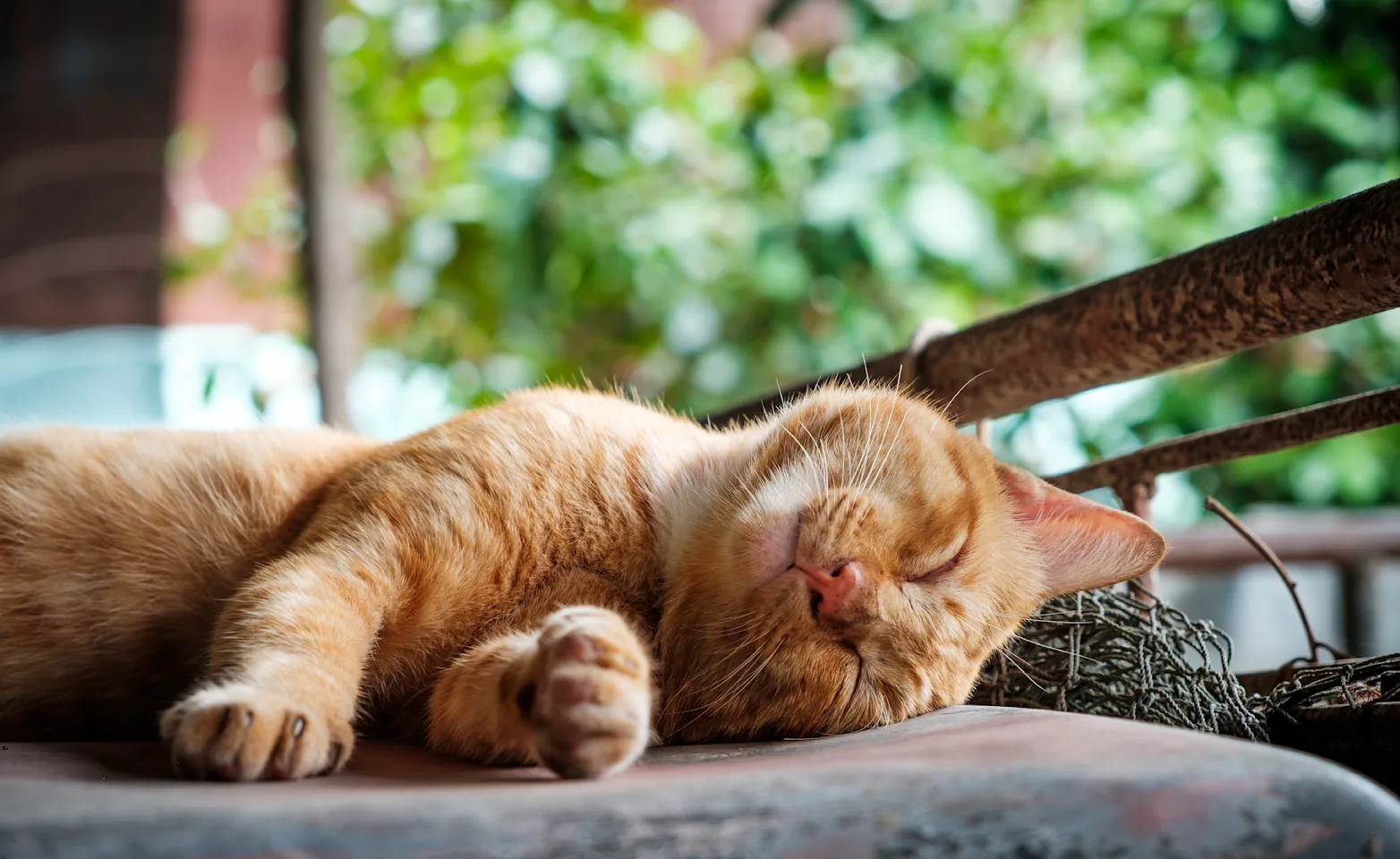
Cat-Friendly Practice®
Cherry Hill Animal Hospital has applied to become a certified Cat-Friendly Practice® and is a strong believer in creating a positive, comfortable environment for our feline patients. Find out how this certification will benefit the special cat in your life.
Fear Free-Certified®
At Cherry Hill Animal Hospital, staff members are Fear Free certified and trained in low-stress handling techniques. If your pet has an allergy or food sensitivity, be sure to let us know ahead of time and bring along the high-value treats you use at home.
Client Reviews & Testimonials
We value our clients’ experience at Cherry Hill Animal Hospital. Here’s what some people are saying about us.
